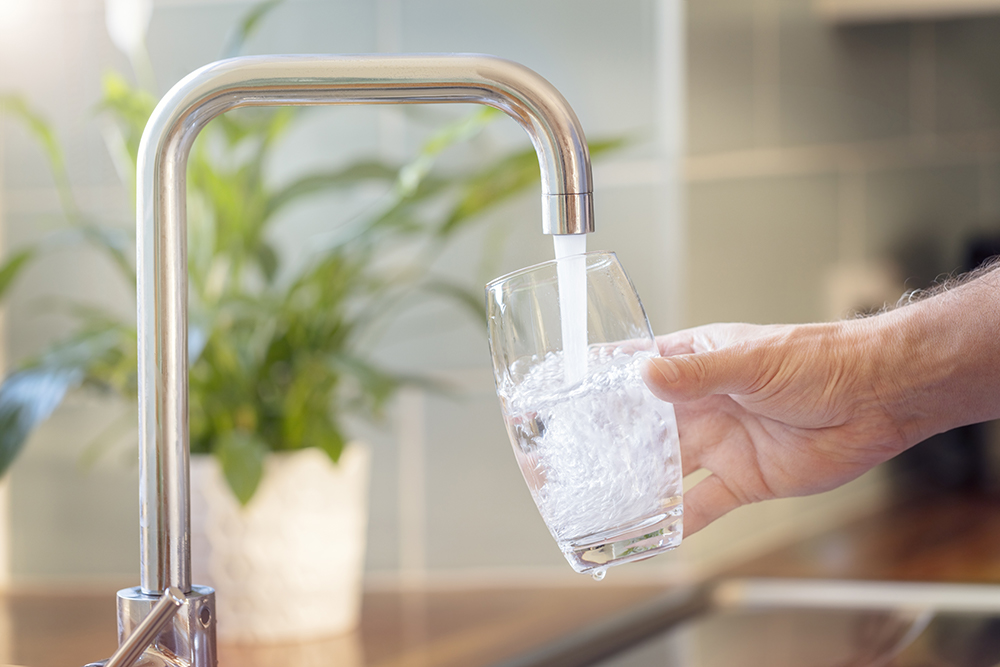Water is the elixir of life, but not all water is created equal. In many households and industries, hard water poses a silent challenge, particularly to systems designed to purify it. Among these systems, Reverse Osmosis (RO) purifiers stand out for their effectiveness in delivering high-quality water. However, they are not invulnerable to the effects of hard water. In this article, we delve into the intricacies of how hard water can damage RO systems, and the measures that can be taken to mitigate these effects.
Hard water is characterized by a high concentration of minerals, predominantly calcium and magnesium. These minerals, while not harmful to health, can have detrimental effects on water purification systems. The degree of water hardness varies geographically and is often a consequence of the water’s journey through mineral-rich soil and rock.
The Reverse Osmosis Process:
To understand how hard water affects RO systems, it’s essential to grasp how these systems work. RO purifiers use a semi-permeable membrane to remove impurities from water. Water is forced through this membrane, leaving contaminants behind. The result is water that is free of most dissolved solids.
The Impact of Hard Water on RO Systems:
Scaling: The most significant issue hard water poses to RO systems is scaling. As hard water passes through the RO membrane, minerals like calcium and magnesium get left behind. Over time, these minerals build up as scale, which can clog and damage the membrane.
Reduced Efficiency: Scale build-up doesn’t just damage the membrane; it also reduces its efficiency. This means your RO system will require more energy to filter water, leading to higher electricity costs and a larger carbon footprint.
Shortened Membrane Lifespan: Continuous exposure to hard water can significantly reduce the lifespan of the RO membrane. Replacing these membranes is not only inconvenient but also adds to maintenance costs.
Compromised Water Quality: The efficiency of RO systems in removing contaminants is compromised by scale build-up. This can lead to a lower quality of water, which might not be as pure as expected.
Increased Maintenance Needs: Hard water necessitates more frequent maintenance. This can range from regular cleaning to prevent scale build-up to the complete replacement of parts damaged by scaling.
Preventive Measures and Solutions:
Water Softening: Installing a water softener before the RO system is an effective way to prevent hard water damage. Water softeners replace hard minerals with sodium, significantly reducing the likelihood of scale formation.
Regular Maintenance: Regularly servicing and cleaning your RO system can help mitigate the effects of hard water. This includes checking and cleaning the membrane and replacing filters as needed.
Using Antiscalants: Antiscalants are chemicals that can be added to water before it enters the RO system. They help in preventing scale by inhibiting the precipitation of minerals.
Upgrade to a Hard Water-resistant RO System: Some modern RO systems are designed to be more resistant to hard water. These systems often include built-in water softening technologies or are made with materials less prone to scaling.
Regular Monitoring of Water Quality: Regularly testing the water output of your RO system can help you identify any issues early on. This allows for timely interventions before any significant damage occurs.
Hard water can pose a significant challenge to Reverse Osmosis systems, affecting their efficiency, lifespan, and the quality of water they produce. Understanding these challenges is key to ensuring the longevity and effectiveness of your RO system. By adopting preventive measures such as water softening, regular maintenance, and using antiscalants, you can protect your investment and ensure a continuous supply of high-quality water. Remember, a little care goes a long way in maintaining the health of your water purifying systems!


